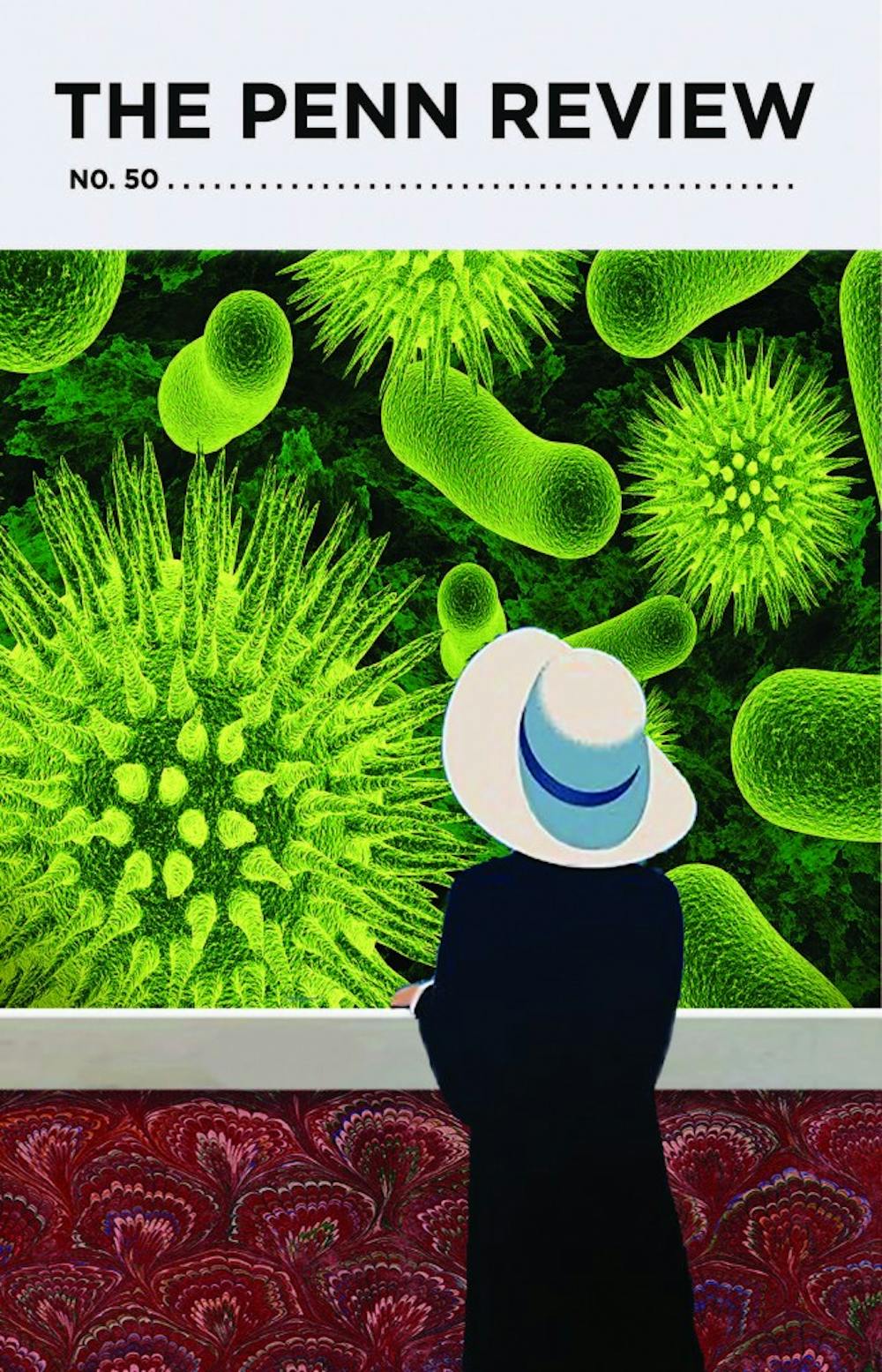“Oh boy…I think, five years,” Daniel Finkel (C '20) laughs as he recounts how long he's been involved in The Penn Review. He first attended The Penn Review meetings his junior year of high school, and things had been going well until the usual questions of “what’s your major” and “what year are you in” got tossed around.
“Everyone was so wonderfully nice and open and accepting,” he says. That first meeting marks the start of his involvement with The Penn Review: two years as an ambitious high school student and three years as a Penn student, acting as Editor–in–Chief for the three most recent years.
The Penn Review, which is the name of both the club and its literary magazine, is one of the hallmarks of Penn’s remarkably prominent writing community. With issues dating all the way back to 1951—albeit under different names—the magazine has published famous authors and poets like e e cummings, William Carlos Williams, and Allen Ginsberg, all in the 1950s. The Penn Review in its current iteration was first published in 1966.
The Penn Review is now devoted to showcasing high–quality writing and artwork from people all around the world. With biannual publications, Penn Review released their 50th issue last spring.
In the past couple of years, The Penn Review has seen tremendous growth: the magazine has expanded to have a national submitter and subscriber base, a 5000% increase in submissions rate, and a 1% acceptance rate, Daniel says. Even with those numbers, the magazine is “currently ranked as one of the 25 Fastest Fiction & Poetry Markets in Duotrope's database," which means that when people submit work, the Penn Review team responds quickly.
Behind such an impressive magazine is a diligent team. The general editorial board is open to all Penn students and club meetings occur every Tuesday night at the Kelly Writers House. There are also specialized positions like Editor–in–Chief, Copy Editor, Design Editor, Public Relations Director, Award Coordinator, and others, that ensure the magazine is running smoothly.
The Penn Review has what Daniel calls a “tiered process,” with the review sessions allowing each piece to be given full consideration over at least three read–throughs, as well as maximum exposure to different opinions. At first, the general editorial board will read aloud each piece and, after a discussion, there will be a blind vote. The selected pieces then move on to be reviewed by the full editorial board, where there’s a more in–depth discussion that generally runs at least ten minutes. That discussion is followed by a second round of blind voting. Accepted pieces are then sent to the copy editors and design associates.
Not sure if the club is right for you? The Penn Review meetings exude a welcoming, relaxed vibe and offer students the opportunity to be part of something rapidly expanding and exciting. Daniel emphasizes that the club is “not a pressure cooker” and members can choose their level of involvement. Working at The Penn Review can also help students improve their own writing.
And if working on staff isn't your speed, you can always submit pieces for publication—even if it's nerve–wracking. Daniel retold a Stephen King talk about how when King was a student, he had hammered a nail into his wall and hung all his rejections on it until one day, the nail fell from the weight of all the papers. So he got a bigger nail. (There’s probably a metaphor in there somewhere.) Rejection isn’t necessarily an indicator of skill, or lack thereof; Daniel encourages students to keep going and stick true to their own writing style.
They’ll be accepting submissions until November 20.

